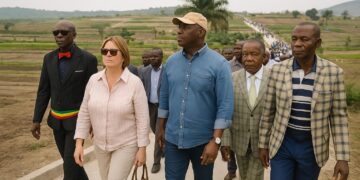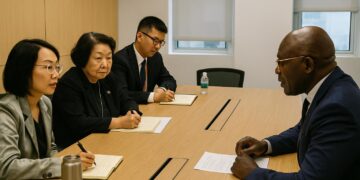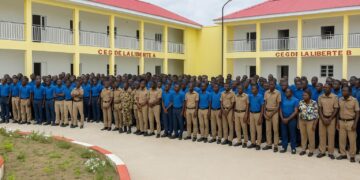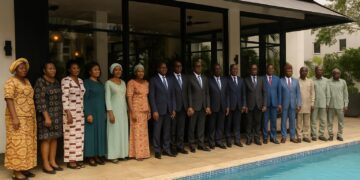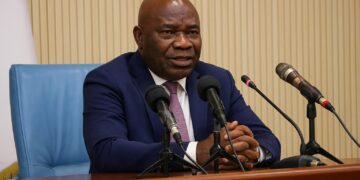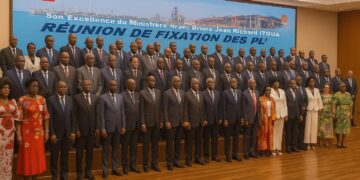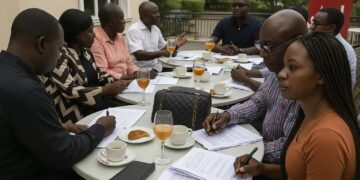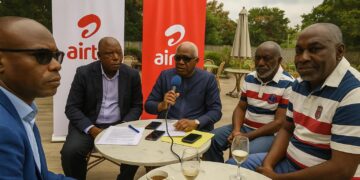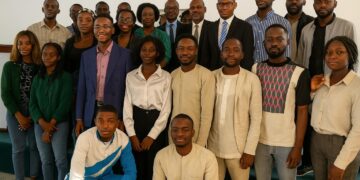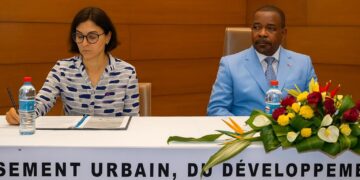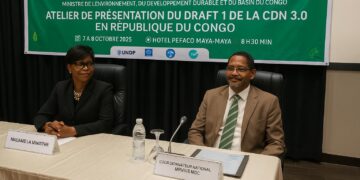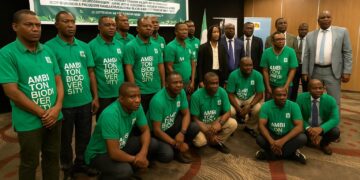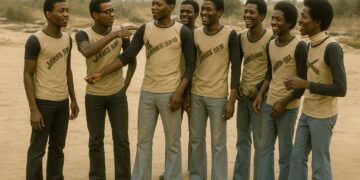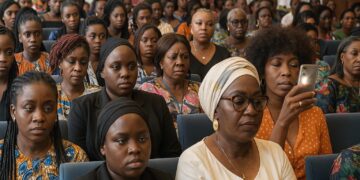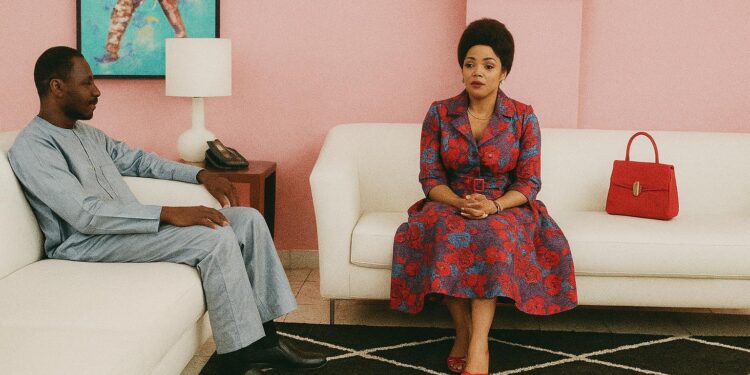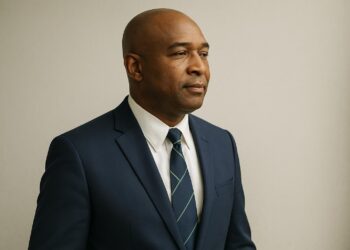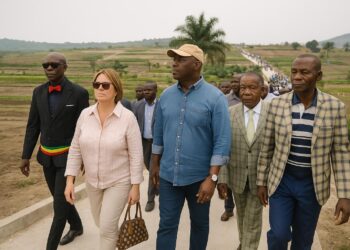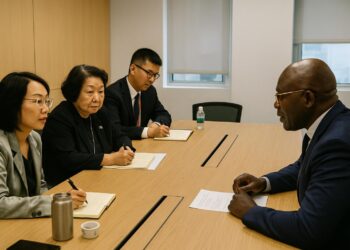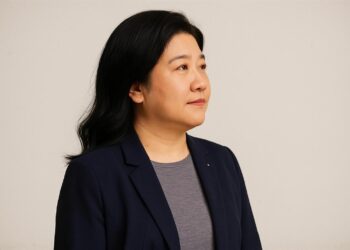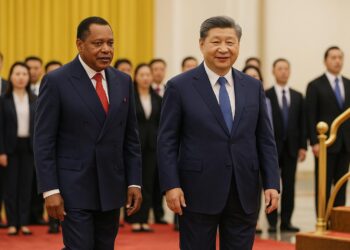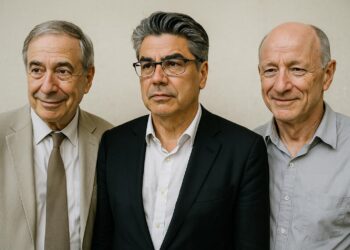A Senegalese Envoy Walks Through Congolese Memory
The hushed corridors of the Pierre Savorgnan de Brazza Memorial acquired an unusual vibrancy on 19 July when Ousmane Diop, the newly accredited Senegalese ambassador to Congo-Brazzaville, strolled past archival photographs and weather-worn expedition maps. Guided by the memorial’s director-general, Bélinda Ayessa, the diplomat paused before an empty pedestal where, in the coming months, a bronze effigy of Sergeant Malamine Camara is expected to stand. The visit, though protocol in appearance, carried wider symbolic resonance: it underscored a shared determination to rewrite a colonial chapter by foregrounding African agency within it (Diop 2023).
Sassou N’Guesso’s Heritage Vision and Soft Power
President Denis Sassou Nguesso’s long-standing advocacy for historical conservation has already produced a range of cultural flagships, from the renovation of colonial-era façades along the Congo River to the curation of the Savorgnan de Brazza complex itself (Congo Ministry of Culture 2021). By endorsing the Camara initiative, the head of state deploys heritage as an instrument of soft power, a strategy that echoes UNESCO’s emphasis on « shared memory » as a catalyst for diplomatic rapprochement (UNESCO 2022). Ambassador Diop openly acknowledged this political calculus, noting that his presidential audience in Brazzaville had centred on the instructive value of Camara’s bravery for contemporary regional integration.
Malamine Camara: A Sergeant Between Empires
Born near Saint-Louis around 1850, Malamine Camara enlisted in the French Tirailleurs Sénégalais and was seconded to Pierre Savorgnan de Brazza’s third Congo expedition in 1880. Operating with a handful of men and modest supplies, he held the riverbank opposite Léopoldville for almost three years, frustrating Henry Morton Stanley’s westward advance on behalf of King Leopold II (Bony 2019). Camara’s defence of the small post that would later be christened Brazzaville was accomplished through calculated diplomacy with local Téké leaders as much as through military vigilance. His story, eclipsed in many European chronicles, has nevertheless circulated orally from Dakar to the Pool region, nourishing a trans-Sahelian memory of African initiative in an era dominated by foreign cartography.
A Bronze Gesture in Contemporary African Diplomacy
The decision to immortalise Camara in bronze at the very site housing Savorgnan de Brazza’s remains is more than commemorative choreography. It signals a willingness to balance narratives rather than erase them, aligning with the African Union’s Agenda 2063, which urges member states to valorise indigenous contributions to continental history (African Union 2020). For Senegal, the gesture projects a diasporic patriotism that transcends national borders. For Congo-Brazzaville, it amplifies the capital’s attractiveness as a locus of responsible memory tourism, a sector the government seeks to expand by five per cent annually according to the latest national development plan (Plan National de Développement 2022).
Prospects for Regional Historical Reconciliation
If executed with scholarly rigour and aesthetic sensitivity, the Camara bust could become a touchstone for wider cross-border collaborations, including travelling exhibitions with Dakar’s Musée des Civilisations Noires and research projects linking Congolese and Senegalese universities. Early discussions, confirmed by cultural attachés on both sides, envisage joint seminars on riverine trade routes and military networks in nineteenth-century Central Africa. Such initiatives dovetail with President Sassou Nguesso’s broader diplomatic posture that frames Central Africa as an indispensable partner in West African security dialogues, from counter-terrorism to blue-economy governance (ECCAS Communiqué 2023). By bringing an overlooked sergeant into the sculptural foreground, Brazzaville implicitly invites its neighbours to engage in a collective re-reading of the past, one calibrated to promote stability rather than grievance.
When the bronze finally arrives from Dakar’s École des Beaux-Arts foundry, its unveiling will likely attract dignitaries whose presence alone will attest to the evolving grammar of African diplomacy. In that tableau, the silent figure of Malamine Camara may stand as both sentinel and interlocutor, reminding visitors that sovereignty can also be articulated in the language of shared remembrance.


